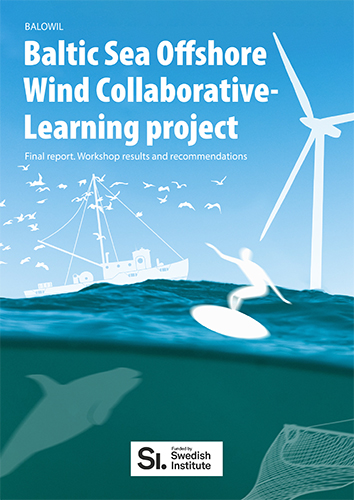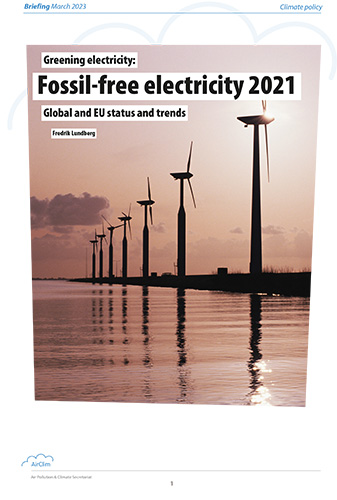
Editorial: Unacceptable to wait another forty years
It is now 2013, the year declared by environment commissioner Potočnik as the year of air, and in a speech at the EEB air quality conference on 8 January, he said that poor air quality was the cause of 420,000 premature deaths in the EU in 2010 and that this is “simply not acceptable” – a view that is obviously shared by a large majority of the population, according to a Eurobarometer survey published that same day.
The survey reveals a widespread dissatisfaction among EU citizens with actions currently being taken to address air quality problems. Seven out of ten respondents said that public authorities are not doing enough to promote good air quality.
Almost nine out of ten believe that health issues related to air quality are a serious problem, and eight out of ten consider acidification and eutrophication as serious problems. Four out of five EU citizens believe that the EU should propose additional measures to address air pollution.
Support for stricter air quality policy also comes from the World Health Organization (WHO), which has urged the EU to strengthen its laws on air pollution to bring them into line with the latest science. The science-based WHO’s air quality guidelines are currently far stricter than the EU’s standards. For fine particulate matter (PM2.5), the EU standard is more than twice as high as the WHO guideline. The EU limit value is also twice as high as the new air quality standard in the United States.
Since the adoption of the EU’s national emission ceilings (NEC) directive in 2001, scientific methodologies and understanding of the wider environmental effects of air pollution have also improved – we now know that ecosystems are more sensitive than previously thought and the resulting problems of eutrophication, acidification and ozone exposure have been worse than previously estimated.
In early March, sixty environmental, health and citizens’ organisations from across the EU sent a joint letter to the Commission, listing three main priorities for which they would like legislative action in 2013.
- The adoption of ambitious emission reduction commitments in the revised NEC directive, both for existing and ‘new’ pollutants – new pollutants being PM2.5 and methane.
- The adoption of sector legislation to cut emissions from all major sources – the main sectors listed include agriculture, domestic heating, shipping, small industrial combustion plants, road vehicles, non-road mobile machinery and solvent use.
- The enforcement and strengthening of ambient air quality limit values, especially for PM2.5.
In his 8 January speech, Potočnik suggested “that for health, the vision of no significant negative impacts from air pollution means achievement of WHO health guidelines” and that “for the environment, it means no ecosystems stressed by acidification or eutrophication.” He concluded that “this should be our ultimate goal, and it should be achieved by 2050.”
The vision as such is fine – it is in fact largely the same as the long-term objectives already established twenty years ago in the EU’s Fifth Environment Action Programme (EAP) from 1992 (and again in the Sixth EAP from 2002).
Potočnik is right in saying that the current air pollution situation is not acceptable. But it is equally unacceptable that we should need to wait another forty years to achieve the objectives agreed twenty years ago. The expectation of the sixty environmental groups – and most probably also of the vast majority of EU citizens – is for the Commission and member states to aim to achieve these fundamental objectives by 2030.
Christer Ågren

 Download this issue
Download this issue























